Santa Severina, Cirò, Crucoli, Melissa, Carfizzi, Pallagorio, San Nicola dell’Alto: this is the map of the magnificence of a cultural melting pot that has its roots in a past as rich as it is flourishing with ancient workmanship and craftsmanship.
The villages of the province of Crotone are the indissoluble trace of the cultures that have followed one another over time.
From Magna Graecia to the cultures of the communities that have subsequently settled in the wonderful Crotone, the villages are the imprint of a past that re-emerges and continues to emerge, reaffirming itself - strong in its own traditions and the indissoluble cultural identity that they bring with them.
The journey among the gems set around Crotone represents a form of itinerary that is based on the rediscovery of roots: this unmissable story will allow us to recognize and deepen the origins and cultural ties that lie behind every tradition and experience of the place - the magnificent villages of the Crotone area.
Returning to the places of our ancestors to rediscover traditions, identity and family history will be a fantastic adventure for us.

Between traditions and roots: a journey through 7 villages of Crotone
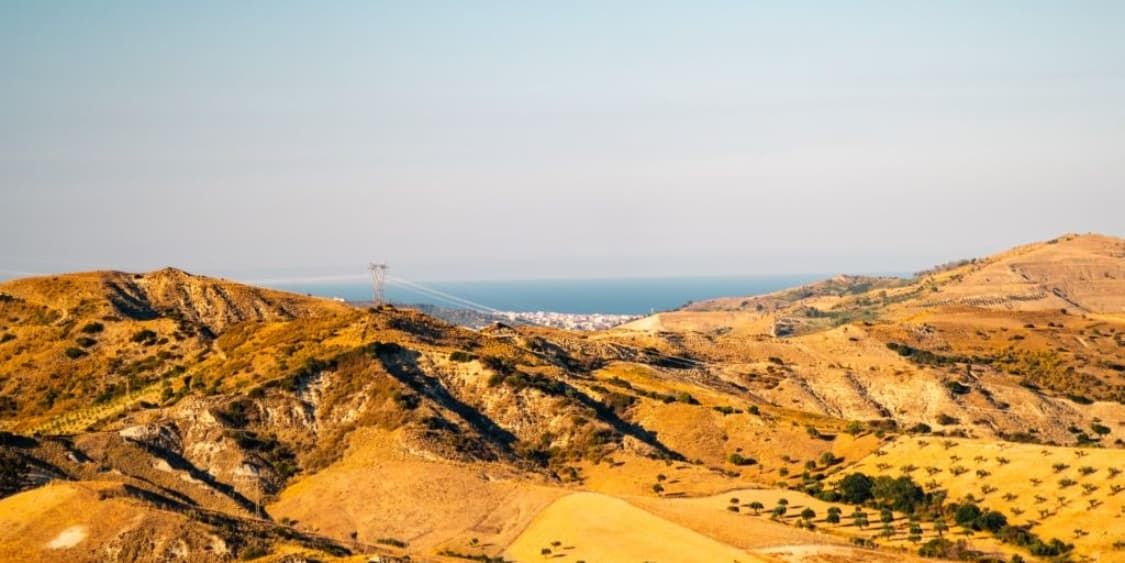
The enhancement of the seven villages of the province of Crotone, known for their historical roots and artisanal and agri-food traditions, are intertwined, creating indissoluble bonds with the local communities.
The villages mentioned, such as Carfizzi, Cirò, Crucoli and Melissa, offer a wide range of experiences aimed at recreating an authentic contact with the local culture.
Through workshops and experiences, in particular, we can rediscover ancient traditions linked to trades, cuisine and craftsmanship, such as the preparation of typical sweets in Carfizzi, winemaking in Cirò, and the processing of sardella in Crucoli.
Each village preserves a unique history and an indissoluble bond with the communities of emigrants who, over the years, have kept alive the thread with their native land.
Let's set off and discover - and share -these beautiful traditions in this pleasant land.
First stop: Santa Severina, the orange village
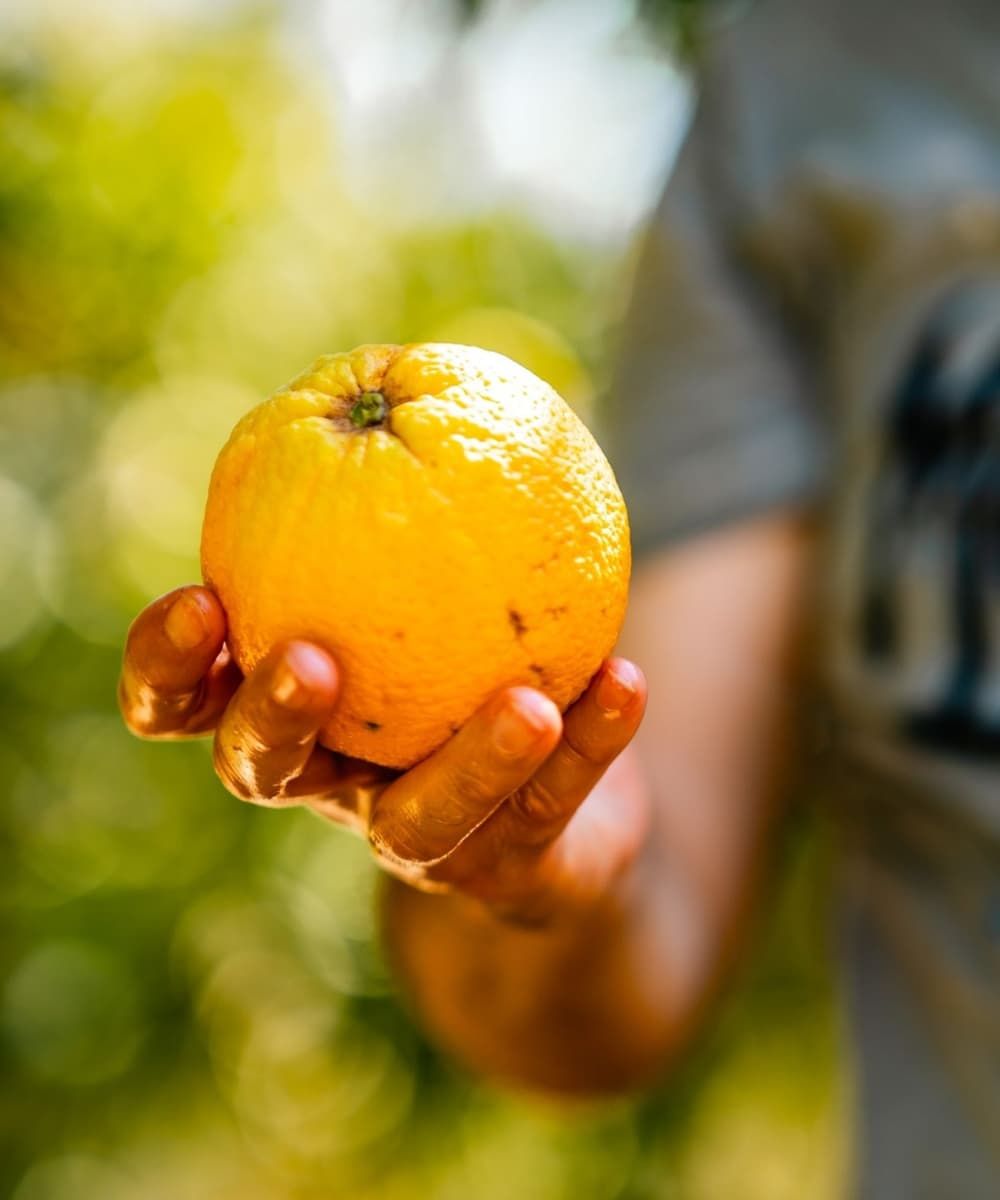
Santa Severina is a medieval village, not far from Crotone, with a long tradition in the cultivation of citrus fruits. The village is famous for the aranciaru, the characteristic Santa Severina orange - an orange with unique organoleptic qualities, given by the soil in which they grow.
This special citrus fruit is the heart of the "Citrus Fruit Experience" laboratory.
Thanks to these laboratory activities, we will be able to connect with the traditions of the territory - starting from the cultivation of this very fragrant citrus fruit; we will learn to love this particular orange - producing jams and preserves and tasting them, finally.
Here we can learn the techniques of cultivation and transformation of local citrus fruits, famous for their quality and nutritional value.
This laboratory not only promotes the product, but also emphasizes environmental sustainability and the connection between territory and cultural identity.
Santa Severina, with its strong ties with Italian communities in Germany, will offer us a high-value educational and sensorial experience - mending ties, strengthening roots with this unique medieval village - among the most beautiful and characteristic of southern Italy.
Let's immerse ourselves in the wonderful orange world of Santa Severina, among the smells of the earth and oranges.
There are many festivals and fairs that we can mark in our travel diaries, to taste the oranges of Santa Severina: the Orange Festival, the Medieval Festival, the Patronal Festival of Sant'Anastasia and the Santa Severina Wine Fest.
Second stop: Cirò, the wine village of Crotone

Cirò is a village renowned for its winemaking tradition.
Cirò wine is the oldest product in Calabria; its production directly descends from the Achaeans. The fertility of the soils of Cirò caressed the village; the ancient Greeks called it Enotria.
Exploring it will offer us a unique experience through the "Wine Experience" workshops.
These workshops will allow us to go through the winemaking production of the territory - between history, tradition, production processes, harvesting and tasting. Discovering how this priceless gold is born will take us into a fairy tale, in a timeless village - where the hands of the clock seem to have stopped, precisely at the fragrant fermentations of the past.
Cirò wine, the first Calabrian to obtain DOC certification, is the protagonist of this journey that reveals the history, production processes and local traditions linked to viticulture.
We can discover the winemaking techniques and participate in the harvest, a crucial moment of identity for the territory. Thanks to the collaboration with Cirò wine ambassadors abroad, the laboratory will connect communities abroad with their roots through wine tourism.
There are various events that we can keep track of; we remember the Feast of San Giuseppe, the Giornate Liliane, the patronal feasts of San Francesco di Paola and San Nicodemo Abate da Cirò and, obviously, the Grape Festival.
Third stop: Crucoli, the village of sardella - 20 km from Crotone

The village of Crucoli, about 15 km from Cirò, is famous for the production of sardella, known as the "Calabrian caviar" - an ancient and tasty production - that we will have the opportunity to taste, in various preparations.
This village concentrates its powerful history around this magnificent production. Famous preserves immense cultural activities, that we must discover, savoring the flavor of good Calabrian caviar.
These events emphasize the relationship between the sea and the land. These cultural experiences - called, precisely "Sardella Experience" - will allow us to learn the traditional techniques of preparation of this millenary product.
The projects - which are punctuated between unmissable fairs and festivals - pay particular attention to the sustainability of fishing.
The workshops that we will do, and that will connect us with this fantastic seaside village, will be connected with the Sardella Museum of Crucoli; through these projects, connected to the Museum, the Association of Women of Crucoli Argentina will be involved, and we will get to know them, through their indissoluble bond with this land.
Sardella represents not only a gastronomic tradition, but also a symbol of the bond between the sea and emigrants, which is reflected in the strong relationship of the village with the Crucolese community in Argentina.
We want to taste this product at the Sagra della Sardella - an event with a strong folkloristic, gastronomic and cultural value - like the Gran Premio Manente.
Fourth stop: Melissa, the enchanted honey village
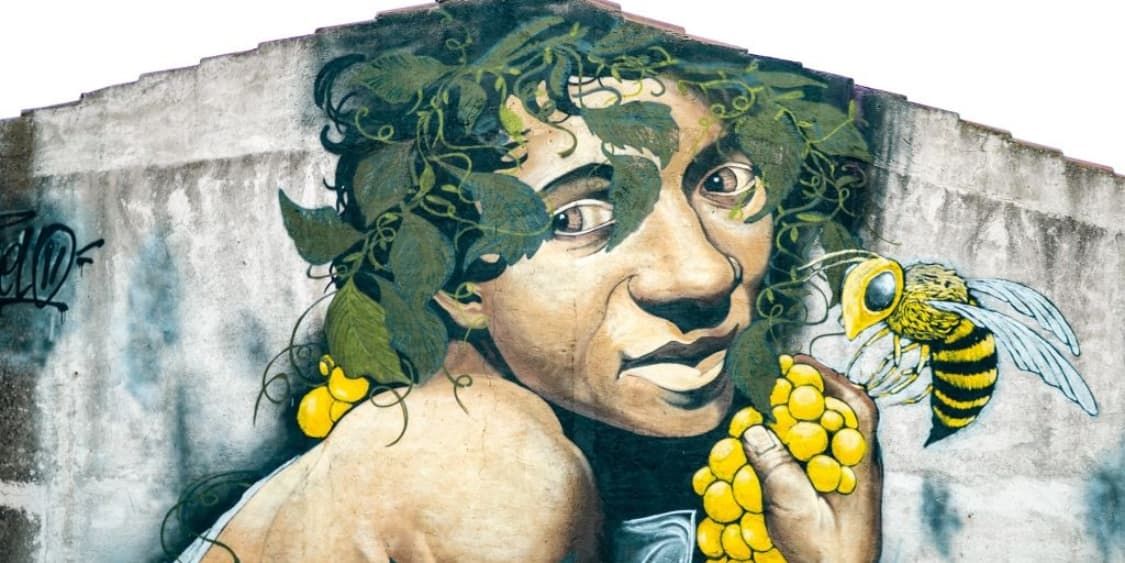
Melissa, about 12 km from Crucoli, is the town of bees and honey; it is a small Calabrian village known for its fantastic honey production.
The journey of the locals, and also ours, here is filled with symbolism, given by the bees and their travels.
Here we can discover the world of Melissa honey thanks to "Honey Experiences" designed for those who return, for those who want to rediscover, for those who want to draw, for us. These experiential workshops will be points of reference for us to discover this village - between technical, practical, sensorial activities.
From beekeeping, to tasting honey and other products derived from honey production: we will observe and understand the work of master beekeepers. We will understand how much this product has marked the history of this enchanting village.
Participating in a theoretical and practical workshop and project on beekeeping, discovering the techniques of raising bees and producing honey will be wonderful.
Honey, in addition to being a key product of the local economy, also has a strong symbolic value for the community, representing the bond between emigrants and their homeland.
Melissa also has strong ties with Italian communities in Germany and Argentina, who are directly involved in the project - and will involve us too.
Festivals and events that are tinged with the colors of honey are the Feast of San Francesco, the Feast of the Madonna del Carmelo and the Feast of the Grain.
There are also many events taking place at the Villaggio del Gusto and the Melissa Wine Festival.
Fifth Stage: the village of Arbëreshë sweets
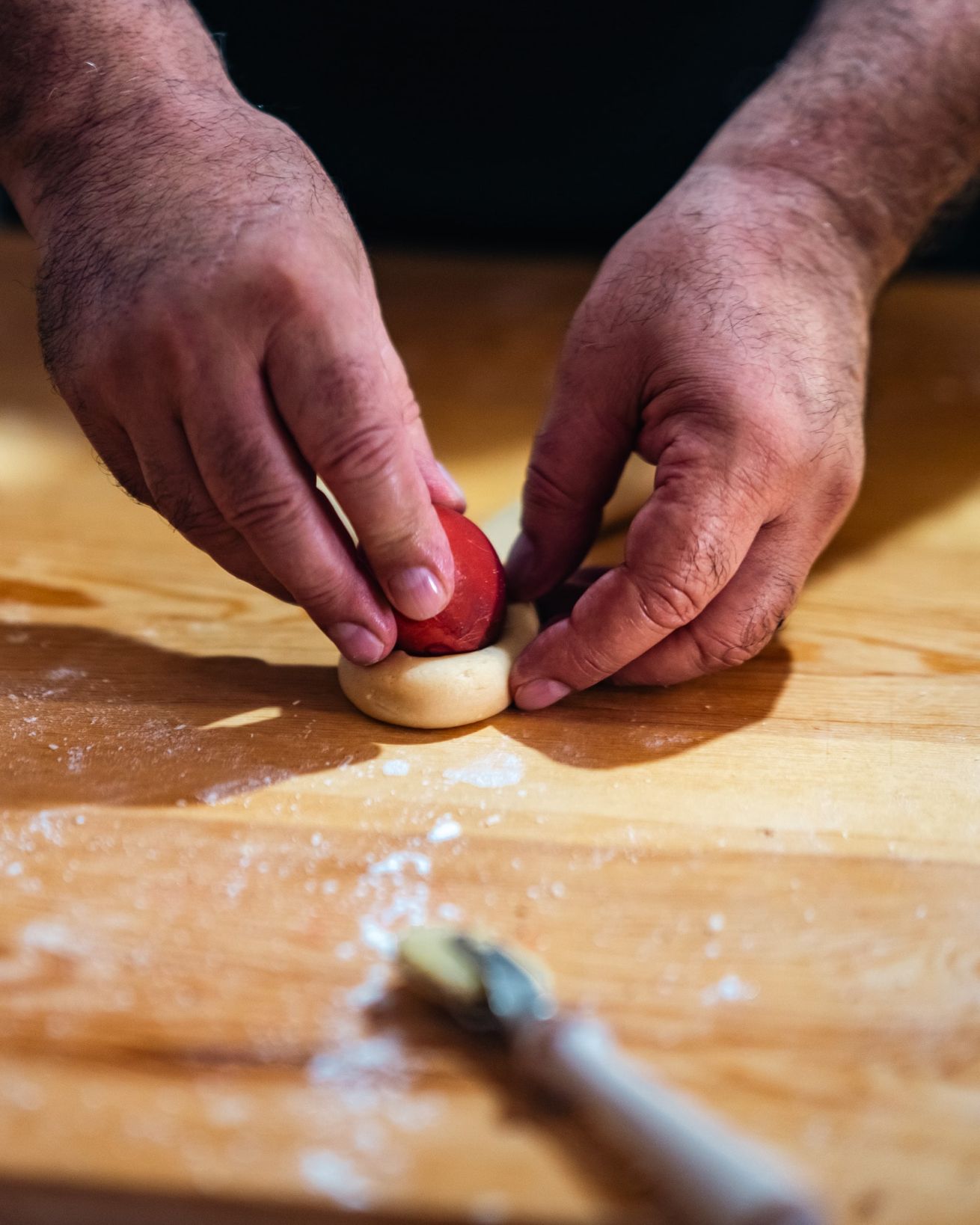
Carfizzi, a small village of Arbëreshë origin, is famous for its traditional sweets and its strong connection with the Albanian community.
The flavors of the past, the recipes of the past, the smells and memories of the past: here you can relive all this, through a strong and sensitive confectionery tradition of its roots - which we will discover by following ancient recipe books of local families.
We can rediscover ancient recipes handed down over time - through the "Sweets Experience" that we will carry out, with the local community.
The initiative is not limited to the preparation of sweets, but includes an immersion in the spiritual and cultural soul of the village, with walks and connections with the local community.
Carfizzi is also famous for its goldsmith craftsmanship and textile art, which will be other areas of exploration for visitors.
Thanks to the links with foreign communities, such as those in Germany and Albania, these experiences will see us together with so many international communities.
The Patronal Feast of Sant'Antonio di Padova, the Christmas and Saints' Holidays and the Feast of Return: here we can taste and prepare the typical sweets of Carfizzi, between sugar and Arbëreshë ingredients.
Sixth stop: Pallagorio, the village of Arbëreshë jewels
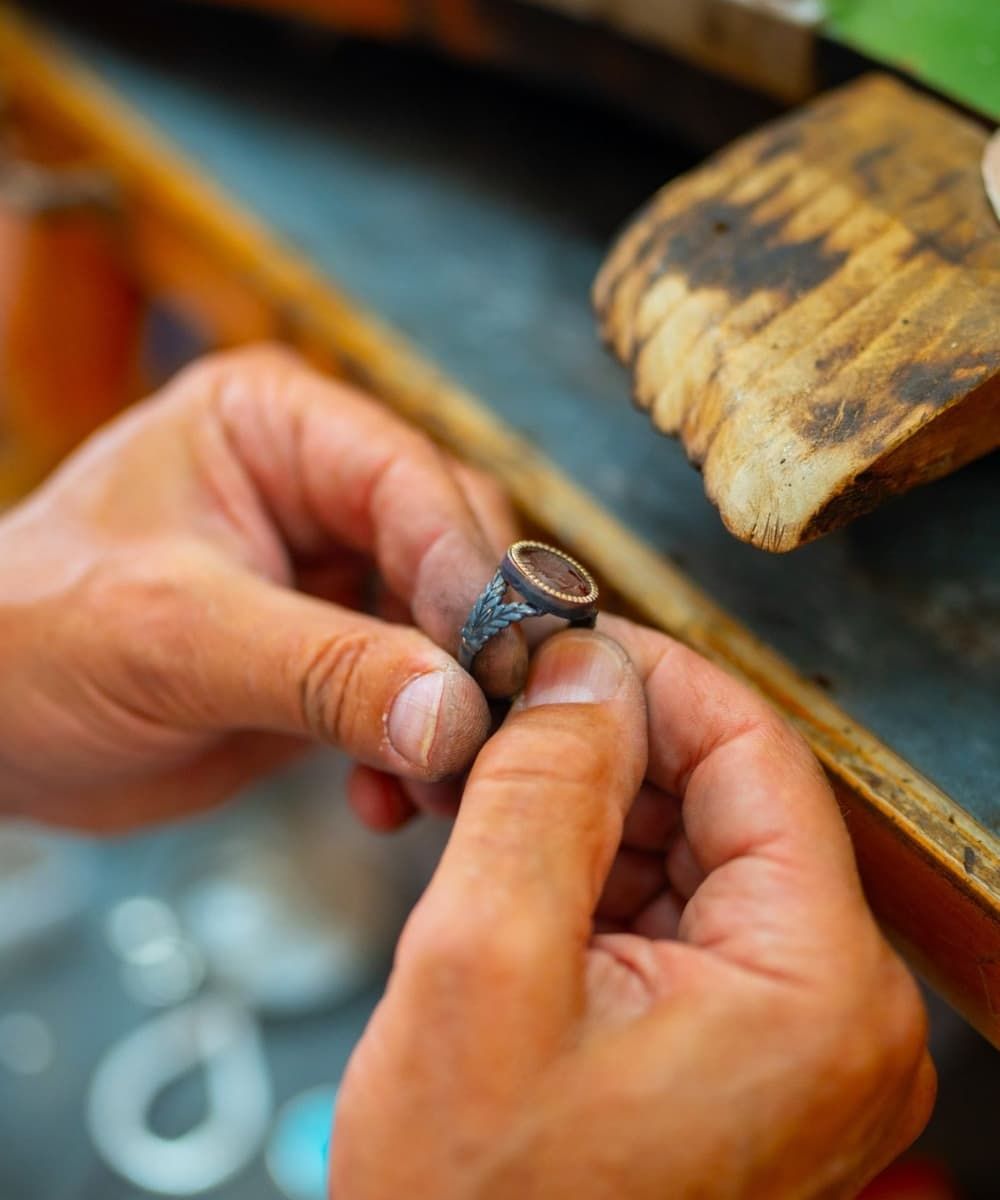
Pallagorio is a village - about 7 km from Carfizzi - known for its goldsmith tradition, in particular for the creation of jewels that are symbols of the material culture of the South - a culture that is based on the value of the family jewel as a symbol of the return and distance from one's own. Land.
The "Jewels Experience" - proposed to us, by the goldsmith communities of Pallagorio - will allow us to rediscover the traditional techniques of gold processing, handed down from generation to generation, a symbol of the union between generations and of the historical memory of Italians and Calabrians.
These places hold stories of indissoluble love, which are centered and set like diamonds among these gold jewels.
These jewels are not only works of art, but also symbols of family and identity ties, which connect emigrants to their history. Through the workshops, participants can immerse themselves in the Arbëreshë culture and rediscover the historical roots of their community.
It will be incredible to get lost among the artisan workshops - where traditions are passed down from father to son. Here, history is lost, in a mix of village and roots and traditions. We will get to know the families, their stories of love and wealth. This will also happen thanks to collaborations and twinning with German municipalities, such as Ludwigshafen.
We can discover and produce our Crotone jewels at the Patronal Festival of San Giovanni Battista, at the Festival of the Madonna del Carmine, at the Lule Lule Mace Mace Festival.
Seventh stop: San Nicola dell'Alto, the wonderful village of Crotone Arbëreshë
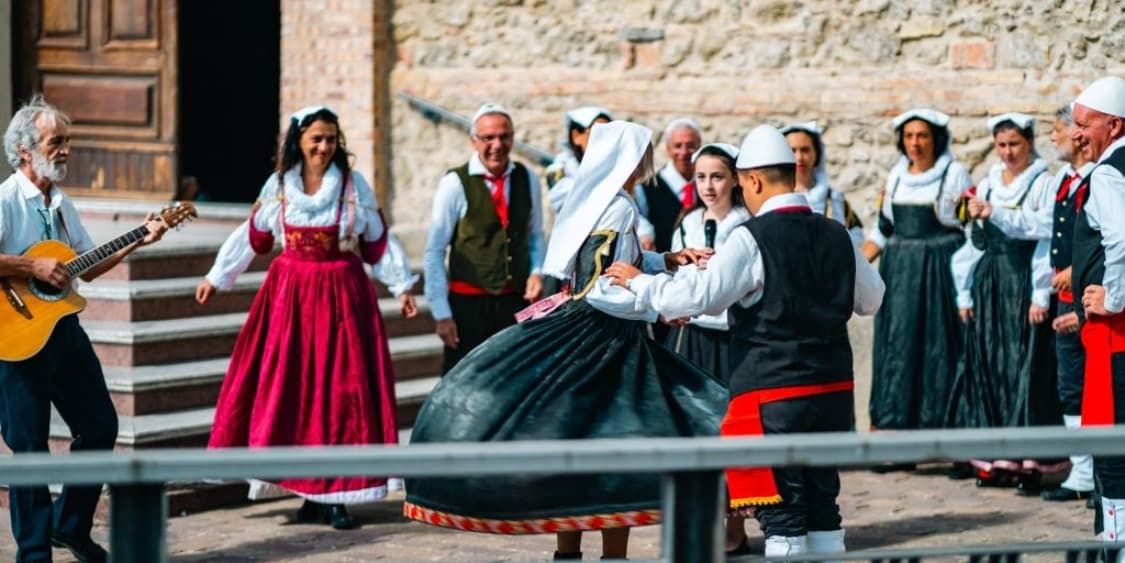
San Nicola dell’Alto, about 9 km from Pallagorio, is an Italo-Albanian village known for its traditional costumes and for the unparalleled and priceless beauty of its textile art.
This village that still preserves the costumes of its Italo-Albanian roots offers a weaving and tailoring workshop called "Traditional Clothes Making" - in collaboration with the folk group "Oreste Ventrice".
We will learn the techniques of creating typical local costumes and participate in a cultural experience that connects the past with the present - in a unique and identifying experience.
The workshop is enriched by the participation of the local folk group, which entertains visitors with traditional songs and dances.
This village, like the other Arbëresh, has deep roots in Albanian migration and continues to keep traditions alive thanks to the strong connection with the communities of emigrants abroad.
Also connected is the Museum of Rural Civilization - where equipment, clothes, utensils and everything that was part of the homes of ancestors are consecrated.
There are numerous events in which we can participate, and thanks to which we can meet workshops and projects that focus on the culture of weaving in the village of Crotone: the feast of San Michele Arcangelo, the Sagra della Crespella, the Living Nativity Scene - in Arbëreshe guise.
Rediscovering the Roots: A Sustainable Itinerary Through the 7 Villages of Crotone
This magical itinerary is not only an opportunity for individual rediscovery, but also a model of sustainable and responsible tourism - which we will love.
The activities proposed are intertwined with the territory, encouraging a conscious and respectful relationship with the environment, as in the case of the sardella laboratory in Crucoli, which emphasizes the sustainability of local fishing.
This form of experiential tourism offers us a complete immersion in the daily practices of the place, restoring a sense of belonging and connection to one's roots.
The twinning with cities such as Ludwigshafen in Germany or Bad Urach in Argentina allow us to extend the initiatives beyond national borders, creating a network that will unite local and international communities.
The cultural events, such as the "Festa del Ritorno" in Carfizzi or the "Sagra dell'Arancia" in Santa Severina, represent, for us, crucial moments of aggregation and reconnection between the territory and its communities.
Promoting and enhancing ancient crafts and food and wine traditions of the villages of the province of Crotone, an area historically part of Magna Graecia, is the pearl necklace that unites these wonderful villages - among which we will get lost - and that we will love.
This territory is a melting pot of cultures that have succeeded one another over time, leaving traces still alive in the local communities.
Returning to the places of origin to rediscover the cultural identity and family ties, through cultural events and artisan workshops, will allow us to enhance authentic traditions, together with local and international communities to rebuild the identity bond with the territory.
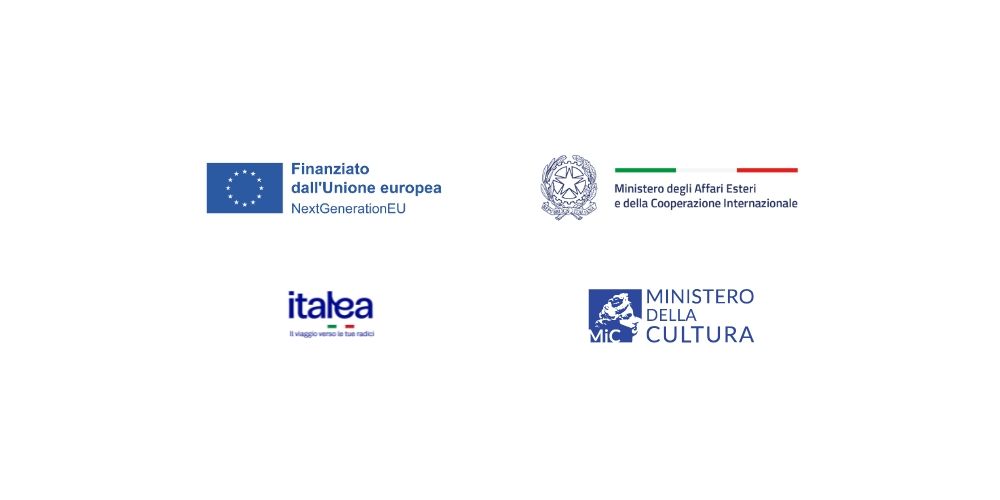
About the author
Written on 25/10/2024


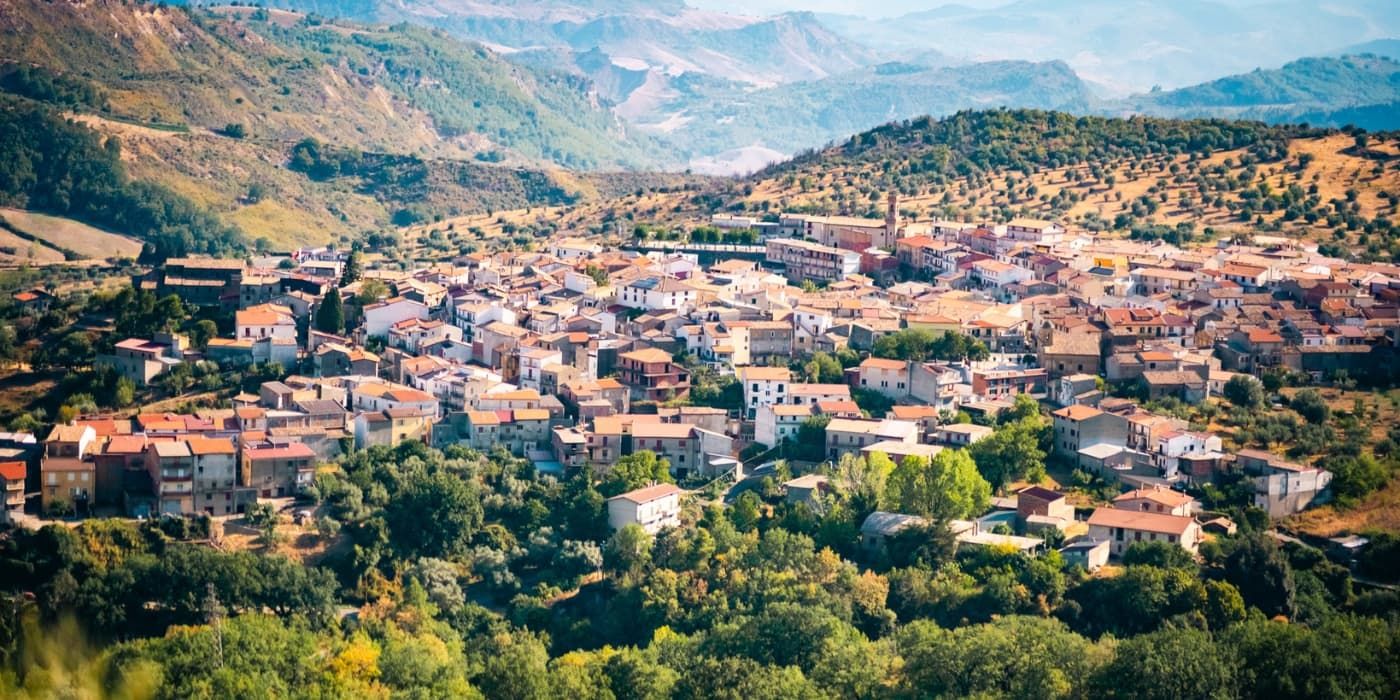
Teresa Borriello
Let's travel and get excited among ancient artisan traditions and typical food and wine productions of the 7 villages of the province of Crotone.